Tutorials

Building a Java Notification app using AWS Java SDK, Simple Email Service (SES), and CloudFormation
Build a Java Spring Boot application to configure Simple Email Service (SES) to send messages using AWS Java SDK in LocalStack. Learn how to configure Simple Queue Service (SQS) & Simple Notification Service (SNS) using CloudFormation templates deployed locally.
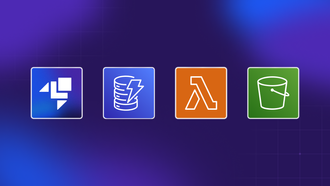
Building a Serverless Quiz Application with LocalStack
Build an interactive serverless quiz application using AWS Lambda, DynamoDB, and API Gateway. Learn how to create, deploy, and test a complete serverless architecture locally with LocalStack, featuring quiz creation, submission handling, and scoring mechanisms.
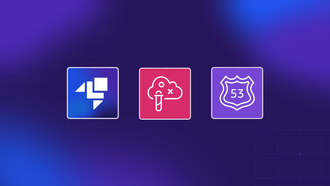
Chaos Engineering: Route53 Failover
Set up Route 53 failover to create a resilient, self-repairing infrastructure, which manages traffic effectively during simulated disruptions.
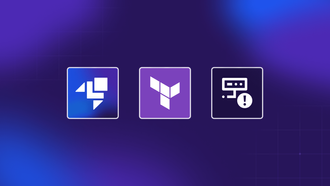
Chaos Engineering: Simulating Outages using Chaos API
Use the Chaos API to simulate service disruptions and assess how well your infrastructure can deploy and recover from unexpected situations.

Creating ephemeral application previews with LocalStack and GitHub Actions
Learn how to use LocalStack's Ephemeral Instances to generate application previews for your cloud applications using GitHub Actions. This tutorial will guide you through deploying a full-stack serverless application using Lambda, DynamoDB, API Gateway, S3, and CloudFront, and serving it on a short-lived, encapsulated deployment generated for every new pull request.
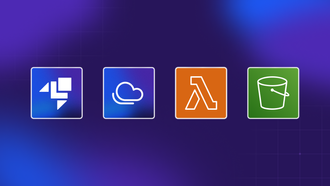
Creating reproducible machine learning applications using Cloud Pods for persistent state snapshots
With LocalStack Cloud Pods, you can create persistent state snapshots to enable next-generation state management and team collaboration features for your local development environment. Learn how you can create reproducible machine learning applications & samples using Cloud Pods in LocalStack.
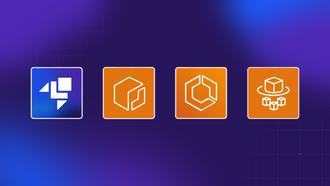
Deploying containers on Elastic Container Service (ECS) clusters using Elastic Container Registry (ECR) and AWS Fargate, with LocalStack
Set up an NGINX web server via Elastic Container Service (ECS) and Elastic Container Registry (ECR) to serve a static website using LocalStack. Learn how you can use CloudFormation templates to declaratively define, create, and deploy your architecture locally with LocalStack's `awslocal` CLI.
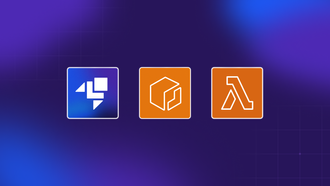
Deploying Lambda container image locally with Elastic Container Registry (ECR) using LocalStack
Learn how to create and deploy Lambda functions using container images in LocalStack. This tutorial guides you through packaging your code and dependencies into a Docker image, creating a local Elastic Container Registry (ECR) in LocalStack, and deploying the Lambda container image.
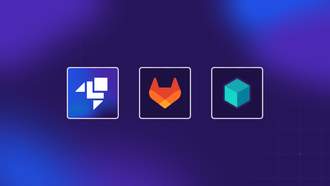
End-to-End Testing in Gitlab CI with Testcontainers and LocalStack: Understanding Runners and Docker in Docker
In this tutorial, we'll walk through the process of setting up end-to-end testing for a backend application using Testcontainers and LocalStack within GitLab. We'll understand the types of GitLab Runners available for CI pipelines and how the concept of Docker-in-Docker plays a crucial role in this environment.
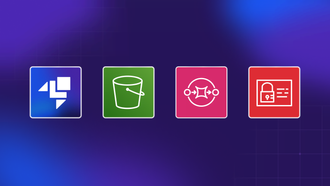
Generate IAM Policies with LocalStack IAM Policy Stream
Learn how to generate IAM policies for your AWS API requests on your local machine using LocalStack's IAM Policy Stream.

Host a static website locally using Simple Storage Service (S3) and Terraform with LocalStack
Host a static website using a Simple Storage Service (S3) bucket to serve static content by provisioning the infrastructure using Terraform in LocalStack. Learn how to configure S3 buckets locally for testing and integration, and make use of LocalStack's S3 API & `tflocal` CLI to provision infrastructure locally.
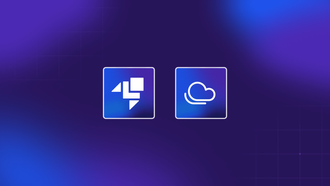
How To: Collaborative AWS local development with LocalStack's Cloud Pods
Replicating development environments ensures that all developers, regardless of their local machine configurations or operating systems, work within an environment that closely mirrors production. This consistency helps identify and solve environment-specific issues early in the development cycle, reducing the "it works on my machine" problem where code behaves differently on different developers' machines.
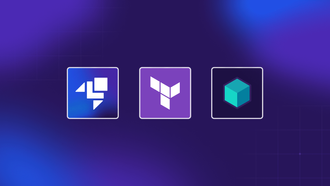
How To: Terraform Init Hooks for Automation & Production-Identical Test Environments
This tutorial guides you through using LocalStack's new extension that supports Terraform configuration files as initialization hooks. You'll learn how to leverage this feature and integrate it with Testcontainers to simplify testing cycles, making the process more efficient and closely aligned with real AWS infrastructure practices.
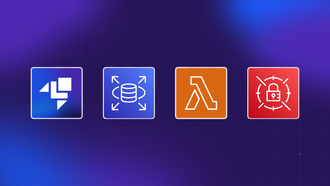
Initializing an RDS Database with AWS CDK and LocalStack
Learn how to provision and initialize Amazon RDS databases locally using AWS CDK and LocalStack. This tutorial demonstrates database schema creation, data seeding, and testing with Cloud Pods for reproducible development environments.
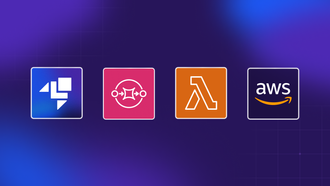
Replicating cloud resources locally with LocalStack's AWS Cloud Proxy extension
Learn how you can replicate cloud resources in your local environment using the LocalStack's AWS Cloud Proxy extension. This tutorial provides step-by-step guidance on setting up and leveraging the AWS Cloud Proxy extension to mirror cloud services locally, enabling efficient hybrid development and testing workflows without maintaining additional configurations.
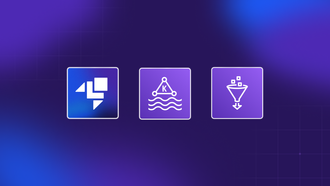
Schema Evolution with Glue Schema Registry and Managed Streaming for Kafka (MSK) using LocalStack
Find incompatibilities early or even avoid them altogether when developing Kafka producers or consumers! Learn how to test data schema evolution by using Managed Streaming for Kafka (MSK) with the Glue Schema Registry in LocalStack.

Setting up Elastic Load Balancing (ELB) Application Load Balancers using LocalStack, deployed via the Serverless framework
Learn how to configure Elastic Load Balancing (ELB) Application Load Balancers and set up Node.js Lambda functions as targets. This tutorial demonstrates how to forward requests to the target group for your Lambda function using the Serverless Framework and the `serverless-localstack` plugin to effortlessly deploy and manage your infrastructure locally with LocalStack.

Tutorial: Terraform Fullstack Serverless Shipment App
Deploy a full-stack shipment tracking application locally using Terraform and LocalStack.




















